
With IoT trends and devices penetrating all aspects of our life, it is not a surprise that IoT has also given a new direction to the field of agriculture with its latest trends and sensors. IoT in agriculture growth is expected to grow exponentially in the coming years. With 65% of the population living in the urban areas by the year 2050 and global population urbanizing at a rapid pace, the only solution to more produce in the limited space is with the help of the Internet of Things (IoT) technologies. IoT trends in agriculture use IoT sensors and devices that helps Canada track moisture in the soil, temperature, humidity and further-more improve yield!
By tracking and collating the data from the devices, Canada is able to react in real-time, thereby ensuring efficiency and improved yield, thereby reducing the use of resources and heavy machinery:
The impact of IoT on agriculture is tremendous; change is underway with all countries implementing the recent trends and leveraging it to their advantage. IoT in agriculture is expected to grow at a CAGR of 14.7% by the year 2025. The use of technology boosts awareness amongst the farmers, thereby driving the market growth , exports and thereby the county’s revenue!
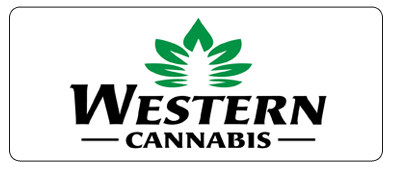
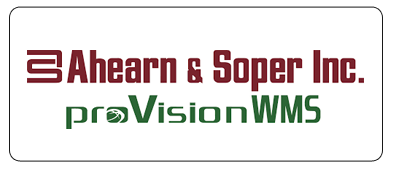
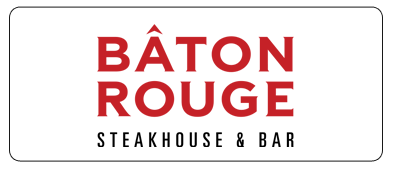
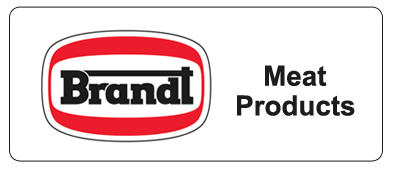
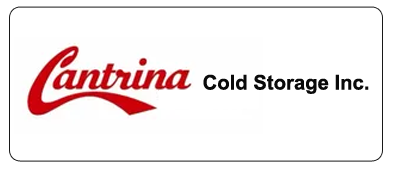


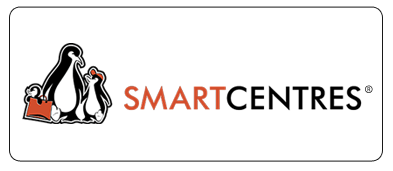

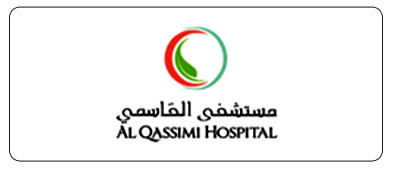




Stay Ahead of the Curve: Read the WatchNET IoT Blog for Cutting-Edge Trends & Insights.

Find Your Perfect Fit: WatchNET IoT Reference Chart – Solutions Tailored for Every Industry.

WatchNET product catalog offers everything you need to unlock the potential of the Internet of Things.

WatchNET IoT is a pioneering wireless monitoring and automation company equipped with a robust suite of solutions with 100+ long-range wireless sensors, Smart Gateway, and a versatile Open Cloud Platform tailored for various industries.
© 2019 All Rights Reserved